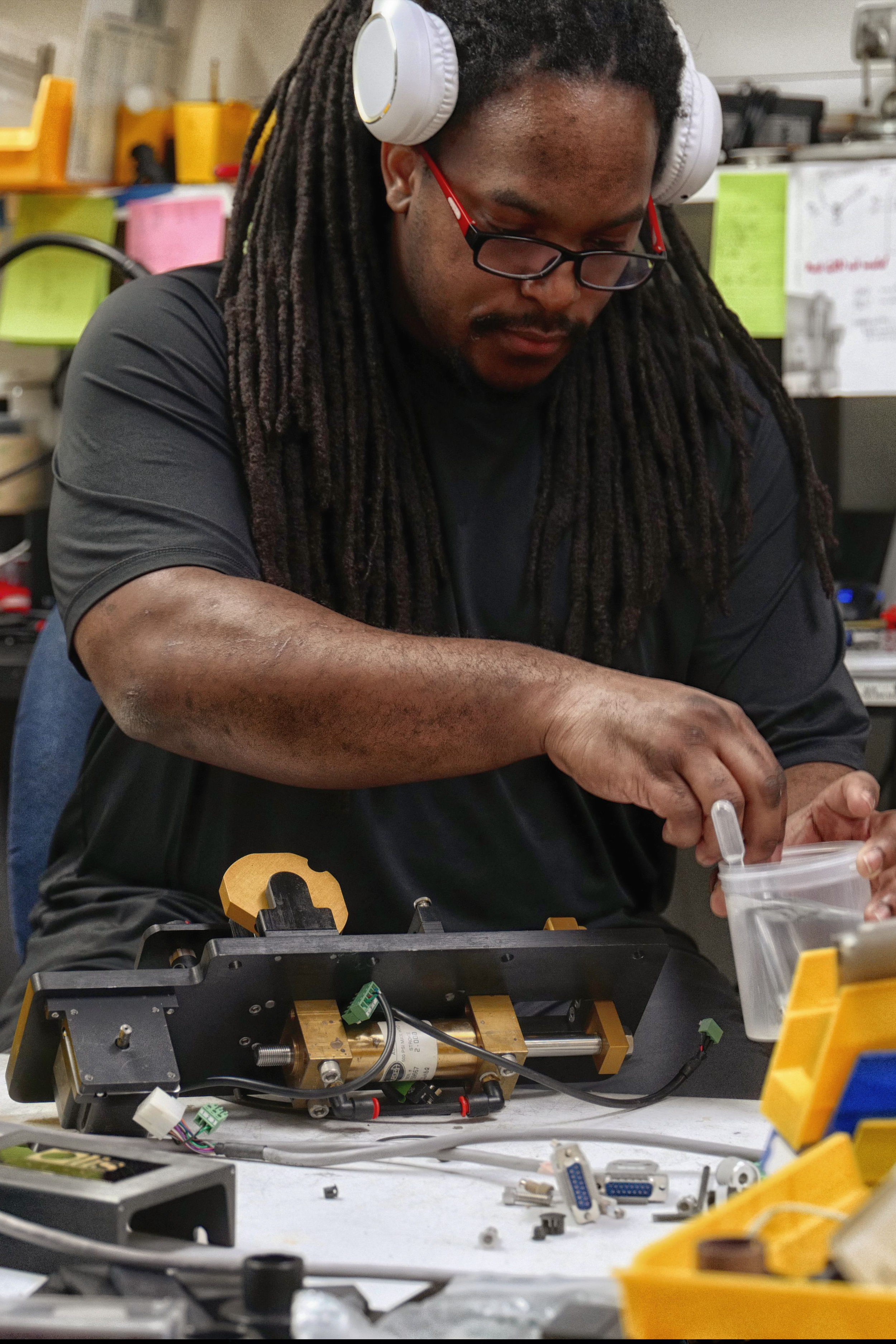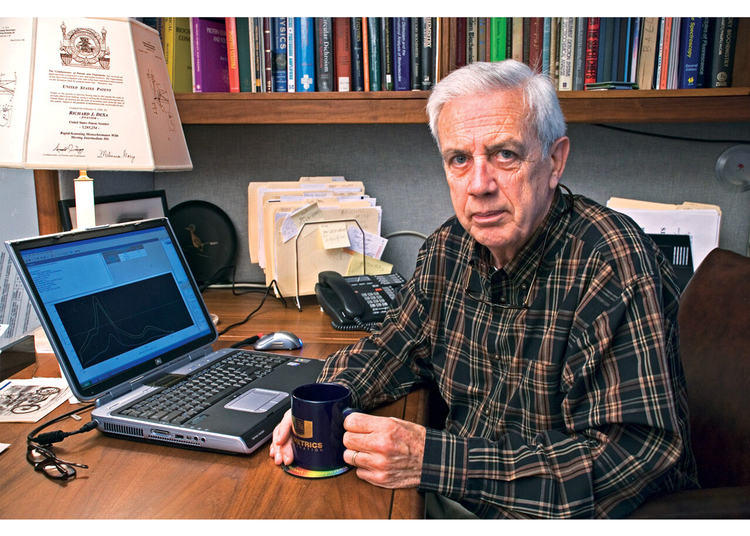Circularly Polarized Luminescence Things To Know Before You Buy
Circularly Polarized Luminescence Things To Know Before You Buy
Blog Article
Indicators on Spectrophotometers You Need To Know
Table of ContentsHow Circular Dichroism can Save You Time, Stress, and Money.All About Circularly Polarized LuminescenceWhat Does Spectrophotometers Do?The Basic Principles Of Uv/vis The Ultimate Guide To Uv/vis

Spectrophotometry is a tool that hinges on the quantitative analysis of molecules depending on how much light is taken in by colored substances.
Little Known Facts About Circularly Polarized Luminescence.
A spectrophotometer is frequently used for the measurement of transmittance or reflectance of options, transparent or opaque solids, such as polished glass, or gases. Although numerous biochemicals are colored, as in, they absorb visible light and for that reason can be measured by colorimetric treatments, even colorless biochemicals can typically be converted to colored substances suitable for chromogenic color-forming responses to yield substances suitable for colorimetric analysis.: 65 However, they can likewise be created to determine the diffusivity on any of the listed light ranges that usually cover around 2002500 nm utilizing various controls and calibrations.
An example of an experiment in which spectrophotometry is used is the decision of the equilibrium constant of a solution. A specific chemical reaction within a solution might take place in a forward and reverse instructions, where reactants form products and items break down into reactants. Eventually, this chemical reaction will reach a point of balance called a balance point.
Circular Dichroism Things To Know Before You Get This
The amount of light that travels through the service is a sign of the concentration of certain chemicals that do not allow light to pass through. The absorption of light is due to the interaction of light with the electronic and vibrational modes of particles. Each kind of molecule has an individual set of energy levels associated with the makeup of its chemical bonds and nuclei and therefore will take in light of specific wavelengths, or energies, resulting in unique spectral properties.
Making use of spectrophotometers covers different clinical fields, such as physics, materials science, chemistry, biochemistry. circularly polarized luminescence, chemical engineering, and molecular biology. They are commonly utilized in lots of markets consisting of semiconductors, laser and optical manufacturing, printing and forensic examination, along with in laboratories for the research study of chemical compounds. Spectrophotometry is frequently utilized in measurements of enzyme activities, determinations of protein concentrations, decisions of enzymatic kinetic constants, and measurements of ligand binding reactions.: 65 Eventually, a spectrophotometer is able to figure out, depending on the control or calibration, what compounds exist in a target and exactly just how much through estimations of observed wavelengths.
Developed by Arnold O. Beckman in 1940 [], the spectrophotometer was developed with the aid of his coworkers at his business National Technical Laboratories founded in 1935 which would become Beckman Instrument Company and ultimately Beckman Coulter. This would come as an option to the previously created spectrophotometers which were not able to absorb the ultraviolet correctly.
Not known Facts About Circular Dichroism
It would be discovered that this did not offer satisfying results, therefore in Design B, there was a shift from a glass to a quartz prism which permitted better absorbance outcomes - circular dichroism (https://pblc.me/pub/3fc0b3e264b77b). From there, Model C was born with an adjustment to the wavelength resolution which ended up having three systems of it produced
It irradiates the sample with polychromatic light which the sample soaks up depending upon its residential or commercial properties. Then it is transmitted back by grating the photodiode variety which finds the wavelength region of the spectrum. Considering that then, the creation and execution of spectrophotometry gadgets has increased exceptionally and has actually ended up being one of the most ingenious instruments of our time.

Uv/vis/nir Can Be Fun For Anyone
Historically, spectrophotometers utilize a monochromator consisting of a diffraction grating to produce the analytical spectrum. The grating can either be movable or repaired. If a single detector, such as a photomultiplier tube or photodiode is utilized, the grating can be scanned stepwise (scanning spectrophotometer) so that the detector can measure the light intensity at each wavelength (which will represent each "step").
In such systems, the grating is repaired and the strength of each wavelength of light is measured by a various detector in the selection. In addition, most modern-day mid-infrared spectrophotometers use a Fourier transform strategy to get the spectral info - http://go.bubbl.us/df2308/dba3?/New-Mind-Map. This method is called Fourier transform infrared spectroscopy. When making transmission measurements, the spectrophotometer quantitatively compares the fraction of light that travels through a referral solution and a test service, then digitally compares the intensities of the two signals and computes the portion of transmission of the sample compared to the reference requirement.

Report this page